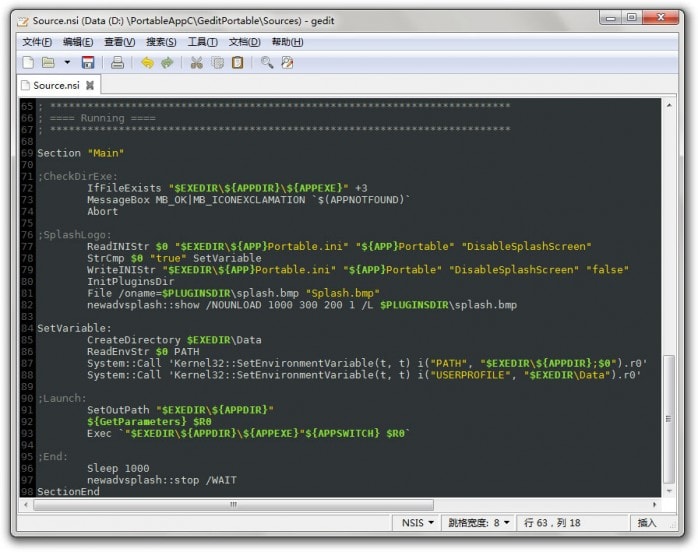


The file permissions and ownership are now correct. sudo chmod -reference=/etc/fstab new_fstab sudo chown -reference=/etc/fstab new_fstab ls -l new_fstab We can then use ls to check whether the attributes of the edited file are set correctly before we copy them back over the original file. It forces chmod and chown to take the file mode permissions and file ownership from this file and copy them to the target file. The -reference Option takes a file name as a parameter. We can do this with the -reference Option of chmod and chown Orders. Now that we’ve edited the file and saved our changes, we need to reset the file ownership and file mode permissions back to the values we want. We need to correct these two attributes before copying the file back.įirst we start gedit and edit the new_fstab File to make the necessary changes. The group permissions for new_fstab are read-only. The group permissions are read and write. ls -l / etc / fstabĪs we can see is the owner root and the file mode permissions are different. Let’s check the file attributes of the original fstab files. The file attributes of new_fstab have not changed. The fstab was copied over new_fstab File. sudo cp /etc/fstab new_fstab ls -l new_fstab We then check the file attributes to see if they have changed. Now let’s copy them /etc/fstab File over the new file we just created. The file owner is dave and the file mode permissions are read and write for the file owner and read-only for the group and others. We can use ls to check the file attributes and see what file mode permissions it has and who the file owner is. You do not need to do this if you are editing your own files. This step is for demonstration purposes only, to ensure that the new file does not have the same mode permissions and ownership as the original file. To make sure we change file ownership and mode permissions, we’ll create a new file and then copy the existing file over it. Let’s say we want to edit that fstab files. You need to make sure these are exactly the same in your new file as they were in the original file before copying the new version over the original file. When you copy a file, the file ownership can change and the file mode permissions can be changed. If you edit the copied file in a confusing way, it won’t do any harm. When you have finished editing the new file, you can copy it back over the original file. One careful way of manipulating system files, and therefore a laudable way of manipulating system files, is to copy the file, and then edit the copy. Replicate ownership and permissions to a new file This command opens gedit and loads the Samba configuration file for editing. If you mess up the wrong system file, you could be locked out of your computer after a restart. Warning: Do not edit system files if you are not sure what your changes will do to your system. To be precise, you can open a system file even when you’re not using it sudo, but you won’t be able to save changes to the file unless you’ve used sudo. To edit a system file, you usually have to use sudo because the owner of the file is likely root. Click the green Save button to save the file. You can navigate to the directory where you want to save the file and you can provide a name for the file. This will open a standard dialog for saving files. To save your file with a different name or location, click the menu button on the toolbar, then choose Save As from the menu. You can also press Ctrl + S to save the file. To save your changes, click the “Save” button in the toolbar. It acts as a reminder that if you want to keep the changes, you must save the file.

This will let you know that changes have been made to the contents of the file.


 0 kommentar(er)
0 kommentar(er)
